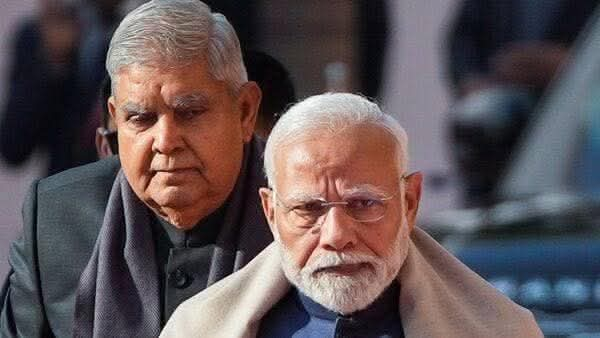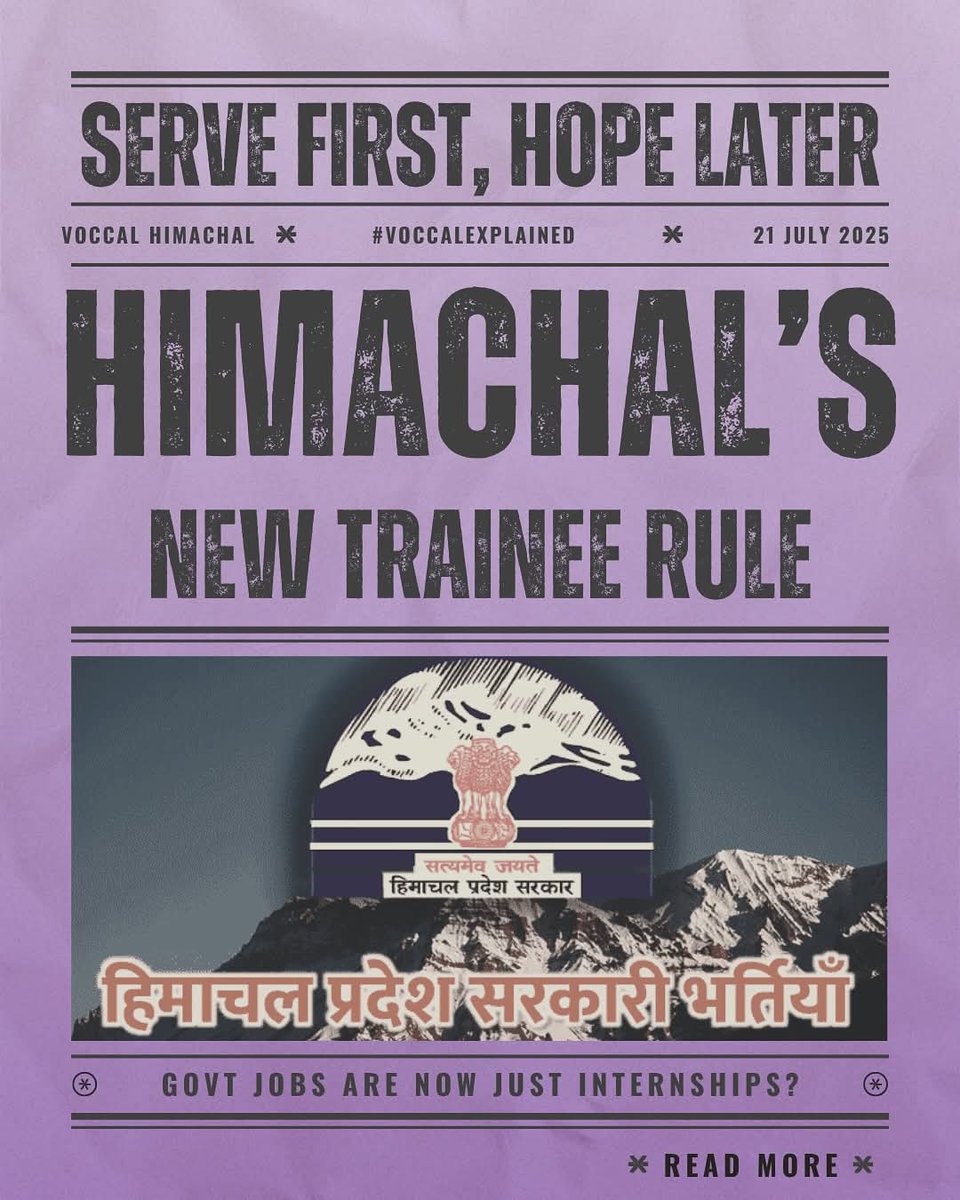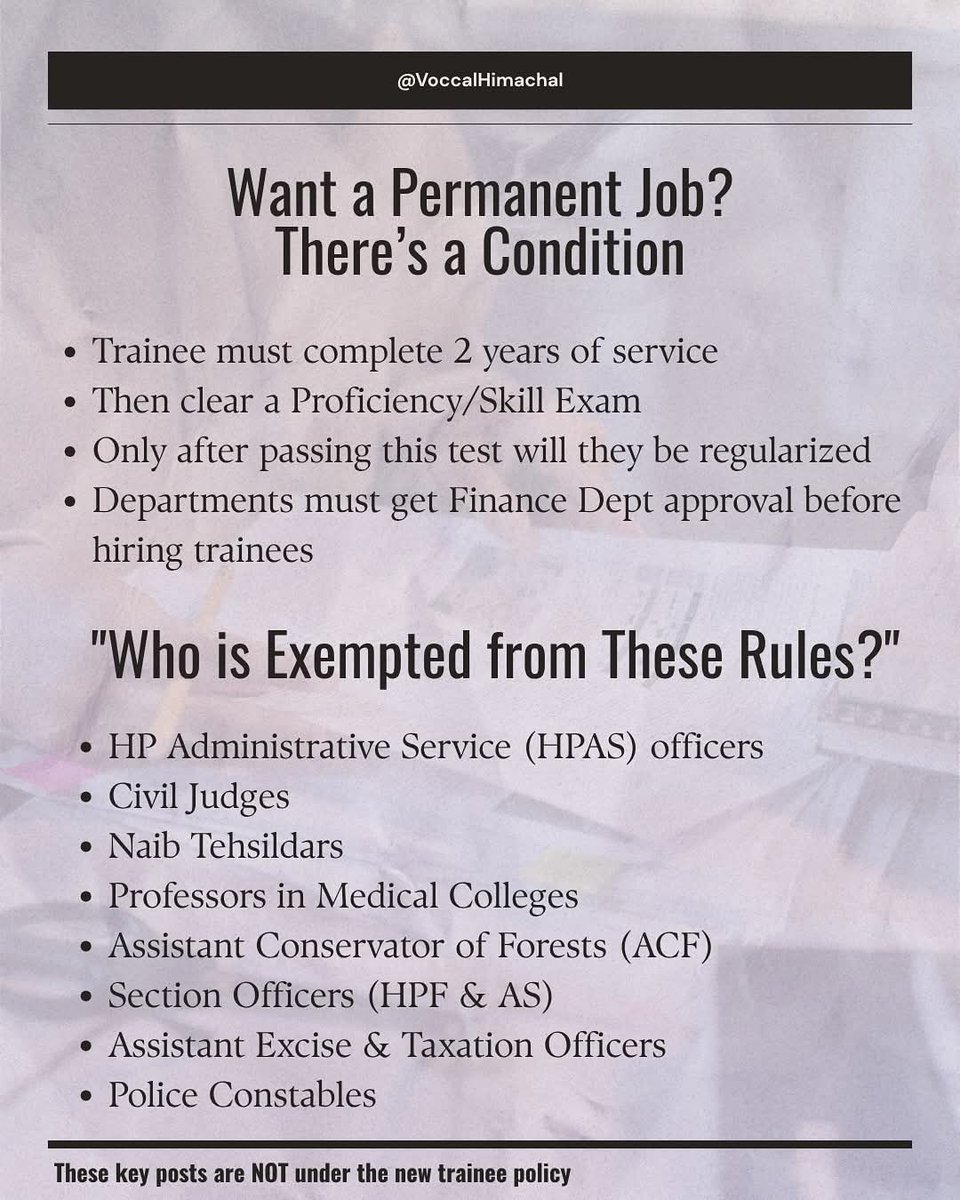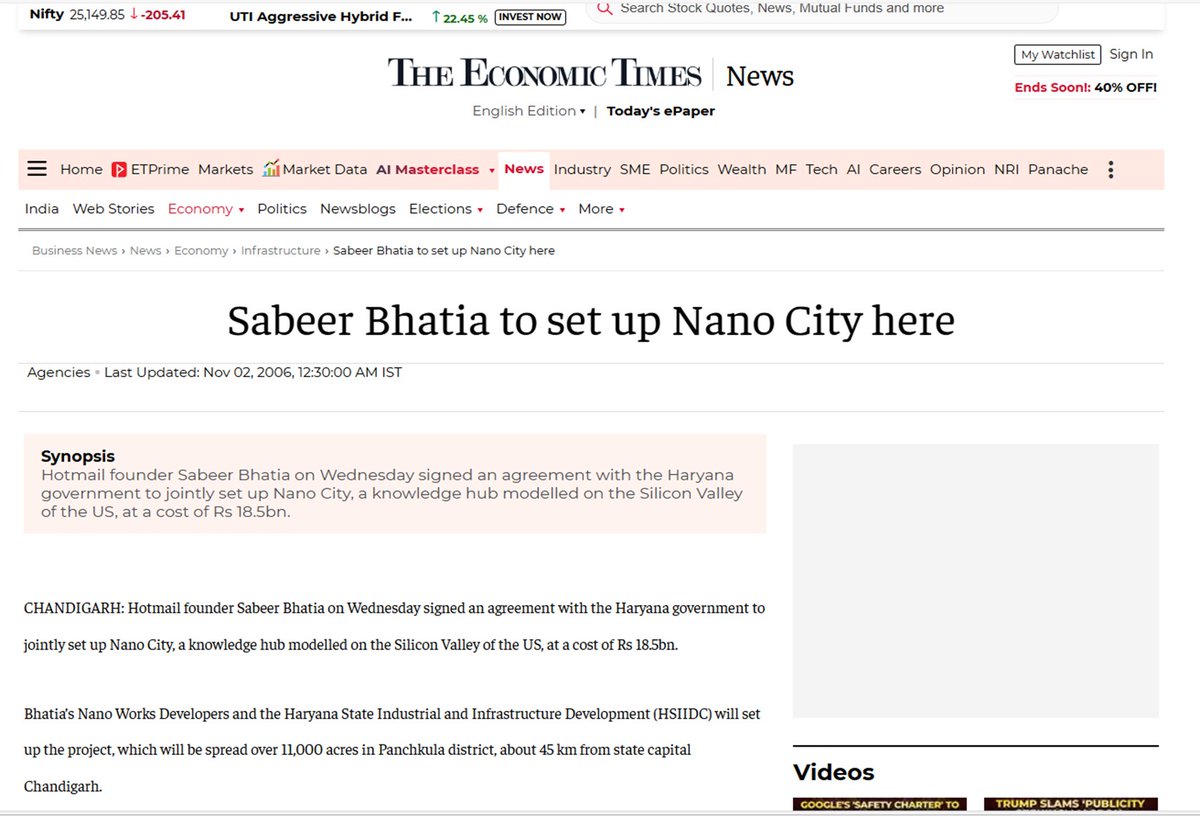🪔Sam Veda - The Book of Music of Gods
🪔Veda has been Sanatan (Eternal) and a symbol of
the Adi (The From less) and Anadi (The Time less)
of the cosmic knowledge.
🪔Out of four Vedas, Sam Veda has been the oldest.
and most profound source of the music used by
our Vedic ancestors in the prayers and yajnas
used for paying homage to the gods.
Let us explore the meaning of the Sam Ved and how it started the magical, blissful culture of the music in Bharat (India):
#SanatanDharma #Hinduism #Bharat #Sprituality #Veda #Music

🪔Veda has been Sanatan (Eternal) and a symbol of
the Adi (The From less) and Anadi (The Time less)
of the cosmic knowledge.
🪔Out of four Vedas, Sam Veda has been the oldest.
and most profound source of the music used by
our Vedic ancestors in the prayers and yajnas
used for paying homage to the gods.
Let us explore the meaning of the Sam Ved and how it started the magical, blissful culture of the music in Bharat (India):
#SanatanDharma #Hinduism #Bharat #Sprituality #Veda #Music

1. What is Sam Veda?
Sam Veda is one of the four Vedas which form the very basis of the Sanatan Dharma and Sanatan culture in the land of Bharat.
Word Veda originated from the root word "Vid" which means "To know".
Sam Veda has its name based on two words:
Sam comes from the word "Saman" which means "Song" and Veda means in contextual teams as "Knowledge". So, Sam Veda means Songs of the Knowledge.
Sam Veda has been called "Book of Songs", "Yoga of Songs" or "Veda of Chants" in our Vedic scriptures.
Each Veda has been divided into four parts:
Samhita liturgy and ritual
Brahmanas Instruction and context on ritual
Aranyakas Philosophical commentary on ritual
Upanishads Philosophy and spirituality
According to Rishi Patanjali, the Samaveda Samhita had 1000 Shakhas. However, only three recensions have survived. They are:
Kauthuma
Jaiminiya
Ranayaniya
Out of these three Kauthuma Shakha is most prominent.
It is made of two parts:
Archika (Verses)
Gana (Melodies)
Each Gana part corresponds to a verse in Archika.
Archika has two parts:
Purvarchika
Uttarrchika
Purvarchika contains four parts:
Agneya 114 verses for Agni
Aindra 352 verses for Indra
Pavamana 119 verses for Soma
Aranya 55 verses for Indra, Agni, Soma
Uttarchika contains 1225 verses for rituals related to the prayers to be Offered to the deities mentioned in Purvarchika.
Gana part of the Purvarchika has been divided into two parts:
Prakriti Gana
Uha Gana
There are two types of Gana melodies in Sam Veda:
Gramageya - Which can be sung publically
Aranyageya - Which are supposed to sung in the solitude of the forest.
In addition to this Chandogya Upanishad containing the
details for sacred "Om" mantra which is basis of the Vedic Vak (Shabda) and kena Upanishad which contains discussions about Brahaman (The Supreme Purusha in Veda and knowledge associated with it) are also contained in Sam Veda.
Sam Veda is linked to the music through Yajna rituals.
The yajnas, were at the very heart of the Vedic way of living. During the yajnas, it was customary to invoke and invite devas by singing hymns dear to them or dedicated to them; and to recite the mantras while submitting to them offerings (Havish) through Agni, the carrier (Havya vahana). The group of priests who sang (Samaga or Chandoga) the mantras, initially, compiled a text for their use by putting together selected mantras from Rigveda, that could be sung during the performance of a yajna or a soma yaga. That collection of lyrical mantras came to be known as Sama Veda Samhita; and was regarded as one of the three Vedas.
Out of the 1,549 mantras in Sama Veda Samhita, as many as 1,474 mantras are taken from rig veda (mainly from the eighth and the ninth mandalas). Most of the mantras are in gayatri chhandas (metre), while some are in pragatha. It is said that the term sama is composed of "sa", which stands for rik (Sound which originated RigVeda) and ama, meaning various notes.
As the Brahmandakya Upnishada 1.3.22 says:
एष उ एव साम; वाग्वै सा, आमैष, सा चामश्चेति तत्साम्नः सामत्वम् । यद्वेव समः प्लुषिणा, समो मशकेन, समो नागेन, सम एभिस्त्रिभिर्लोकैः, समोऽनेन सर्वेण, तस्माद्वेव साम; अश्नुते साम्नः सायुज्यं सलोकताम् य एवमेतत्साम वेद ॥ २२ ॥
Meaning:
This alone is also saman. Speech is indeed sa, and this is ama. Because it is sa (speech) and ama (vital force), therefore saman is so called. Or because it is equal to a white ant, equal to a mosquito, equal to an elephant, equal to these three worlds, equal to this universe, therefore this is also saman. He who knows this saman (vital force) to be such attains union with it, or lives in the same world as it.

Sam Veda is one of the four Vedas which form the very basis of the Sanatan Dharma and Sanatan culture in the land of Bharat.
Word Veda originated from the root word "Vid" which means "To know".
Sam Veda has its name based on two words:
Sam comes from the word "Saman" which means "Song" and Veda means in contextual teams as "Knowledge". So, Sam Veda means Songs of the Knowledge.
Sam Veda has been called "Book of Songs", "Yoga of Songs" or "Veda of Chants" in our Vedic scriptures.
Each Veda has been divided into four parts:
Samhita liturgy and ritual
Brahmanas Instruction and context on ritual
Aranyakas Philosophical commentary on ritual
Upanishads Philosophy and spirituality
According to Rishi Patanjali, the Samaveda Samhita had 1000 Shakhas. However, only three recensions have survived. They are:
Kauthuma
Jaiminiya
Ranayaniya
Out of these three Kauthuma Shakha is most prominent.
It is made of two parts:
Archika (Verses)
Gana (Melodies)
Each Gana part corresponds to a verse in Archika.
Archika has two parts:
Purvarchika
Uttarrchika
Purvarchika contains four parts:
Agneya 114 verses for Agni
Aindra 352 verses for Indra
Pavamana 119 verses for Soma
Aranya 55 verses for Indra, Agni, Soma
Uttarchika contains 1225 verses for rituals related to the prayers to be Offered to the deities mentioned in Purvarchika.
Gana part of the Purvarchika has been divided into two parts:
Prakriti Gana
Uha Gana
There are two types of Gana melodies in Sam Veda:
Gramageya - Which can be sung publically
Aranyageya - Which are supposed to sung in the solitude of the forest.
In addition to this Chandogya Upanishad containing the
details for sacred "Om" mantra which is basis of the Vedic Vak (Shabda) and kena Upanishad which contains discussions about Brahaman (The Supreme Purusha in Veda and knowledge associated with it) are also contained in Sam Veda.
Sam Veda is linked to the music through Yajna rituals.
The yajnas, were at the very heart of the Vedic way of living. During the yajnas, it was customary to invoke and invite devas by singing hymns dear to them or dedicated to them; and to recite the mantras while submitting to them offerings (Havish) through Agni, the carrier (Havya vahana). The group of priests who sang (Samaga or Chandoga) the mantras, initially, compiled a text for their use by putting together selected mantras from Rigveda, that could be sung during the performance of a yajna or a soma yaga. That collection of lyrical mantras came to be known as Sama Veda Samhita; and was regarded as one of the three Vedas.
Out of the 1,549 mantras in Sama Veda Samhita, as many as 1,474 mantras are taken from rig veda (mainly from the eighth and the ninth mandalas). Most of the mantras are in gayatri chhandas (metre), while some are in pragatha. It is said that the term sama is composed of "sa", which stands for rik (Sound which originated RigVeda) and ama, meaning various notes.
As the Brahmandakya Upnishada 1.3.22 says:
एष उ एव साम; वाग्वै सा, आमैष, सा चामश्चेति तत्साम्नः सामत्वम् । यद्वेव समः प्लुषिणा, समो मशकेन, समो नागेन, सम एभिस्त्रिभिर्लोकैः, समोऽनेन सर्वेण, तस्माद्वेव साम; अश्नुते साम्नः सायुज्यं सलोकताम् य एवमेतत्साम वेद ॥ २२ ॥
Meaning:
This alone is also saman. Speech is indeed sa, and this is ama. Because it is sa (speech) and ama (vital force), therefore saman is so called. Or because it is equal to a white ant, equal to a mosquito, equal to an elephant, equal to these three worlds, equal to this universe, therefore this is also saman. He who knows this saman (vital force) to be such attains union with it, or lives in the same world as it.

2. Sam Ved Gana - Songs of the Gods
As we saw in previous part, during Yajna Vedic Seers would pick up relevant mantras from the Rig Veda and then these mantras would be converted to saman by turning, twisting, elongating its syllables and by inserting various modulations, rests, and other modifications. The musical effect or the floating form of the Sama gana is enhanced by the combination of Svaras and meaningless sounds called stobha (which resemble shouts of joy) such as hoyi, hoi, hova, hai, haw, oi, ai, ha, ho, uha, tayo.
This is the text for singing called Saman, expanding each mantra with notations and instructing how mantras are to be sung. Sama Gana was an integral part of a yajna. Sama represents the earliest known proof of relationship between rituals and music.
There were many styles of singing Sama. Patanjali in his Mahabhashya remarks that there were a thousand shakhas or ways of singing "Sama Sahasra Vartma Sam Veda". Some scriptures speak of thirteen samaga charyas ways of singing sama. But names of about only eleven are mentioned: Ranayaniya, Chatyamugra, Kaleya, Kalvala, Mahakaleya, Langalayana, Mahakalvala, Sardula, Langala, Kouthuma, Jaiminiya.
As we saw in the previous parts of the thread, Rik (Vac from Rig Veda) mentioned in Pratham Prapathaka (Chapter) are used as Gramageya Gana (To be sung in public or home rituals) while Riks mentioned in shat parpathaka of the Purarchika are used for Aranyagey Gana (To be sung in solitude of the forest) by Rishis living in Aranaya (Forest).
Riks included in Uttrarchika are of two types:
Uha Gana - 936
Uhya Gana - 209
Both are Atm Gana means signing within one's ownself. Since Riks of the Purvarchika are modified or combined with various sounds to make them compatible for singing, they are also called Vikriti Gana. While Uha and Uhya Gana were composed for indicating the sequence of Riks to be sung in Sama Gana.
So we have four types of Gana in Sam Veda: Gramageya Gana
Aranyageya Gana
Uha Gana
Uhya Gana

As we saw in previous part, during Yajna Vedic Seers would pick up relevant mantras from the Rig Veda and then these mantras would be converted to saman by turning, twisting, elongating its syllables and by inserting various modulations, rests, and other modifications. The musical effect or the floating form of the Sama gana is enhanced by the combination of Svaras and meaningless sounds called stobha (which resemble shouts of joy) such as hoyi, hoi, hova, hai, haw, oi, ai, ha, ho, uha, tayo.
This is the text for singing called Saman, expanding each mantra with notations and instructing how mantras are to be sung. Sama Gana was an integral part of a yajna. Sama represents the earliest known proof of relationship between rituals and music.
There were many styles of singing Sama. Patanjali in his Mahabhashya remarks that there were a thousand shakhas or ways of singing "Sama Sahasra Vartma Sam Veda". Some scriptures speak of thirteen samaga charyas ways of singing sama. But names of about only eleven are mentioned: Ranayaniya, Chatyamugra, Kaleya, Kalvala, Mahakaleya, Langalayana, Mahakalvala, Sardula, Langala, Kouthuma, Jaiminiya.
As we saw in the previous parts of the thread, Rik (Vac from Rig Veda) mentioned in Pratham Prapathaka (Chapter) are used as Gramageya Gana (To be sung in public or home rituals) while Riks mentioned in shat parpathaka of the Purarchika are used for Aranyagey Gana (To be sung in solitude of the forest) by Rishis living in Aranaya (Forest).
Riks included in Uttrarchika are of two types:
Uha Gana - 936
Uhya Gana - 209
Both are Atm Gana means signing within one's ownself. Since Riks of the Purvarchika are modified or combined with various sounds to make them compatible for singing, they are also called Vikriti Gana. While Uha and Uhya Gana were composed for indicating the sequence of Riks to be sung in Sama Gana.
So we have four types of Gana in Sam Veda: Gramageya Gana
Aranyageya Gana
Uha Gana
Uhya Gana

3. Sound of Music of Gods
The priests who sing the mantras at the yajna are called Udgathrus (Udgitha means to sing loud).
Chandogaya Upanishad 1.3.6. says:
अथ खलु-उद्गीथक्षरण्य उपसित उद-गी-था इति | प्राण एवोत् |प्राणेना ह्य उत्तिष्ठति | वाग् गिः | वको ह गिरा इति अचक्षते | अन्नं थम् | अन्ने हिदं सर्वं स्थितिं ||
Ud means Prana
Gi means speech
Tha means in which something is fixed
Sam Ved Samhita was composed as a guide for these Vedic Singers named ass Udgathrus.
They were usually a group of three singers
Prasthothru,
Udgathru
Prathiharthra.
All three of them would sung the Sama in five stages.
Prasthava: the initial portion of the mantra is sung by an Udgathru designated as Prasthothru and, he starts with a deep huuum sound (hoonkara).
Udgita: Prasthothru is followed by the chief Ritwik (designated the chief Udgathru) who sings his portion of the Rik. He commences with an elongated om kara.
Prathihara: the mid-portion is sung loudly by Prathiharthra. This adulates the Devata to whom Rik is addressed.
Upadrava: the chief Udgathru sings again.
Nidhana: the final portion is sung by all the three together, commencing with prolonged pronunciation of the "Om".
When a mantra, as per the above format, is sung three times, it is then a stoma.

The priests who sing the mantras at the yajna are called Udgathrus (Udgitha means to sing loud).
Chandogaya Upanishad 1.3.6. says:
अथ खलु-उद्गीथक्षरण्य उपसित उद-गी-था इति | प्राण एवोत् |प्राणेना ह्य उत्तिष्ठति | वाग् गिः | वको ह गिरा इति अचक्षते | अन्नं थम् | अन्ने हिदं सर्वं स्थितिं ||
Ud means Prana
Gi means speech
Tha means in which something is fixed
Sam Ved Samhita was composed as a guide for these Vedic Singers named ass Udgathrus.
They were usually a group of three singers
Prasthothru,
Udgathru
Prathiharthra.
All three of them would sung the Sama in five stages.
Prasthava: the initial portion of the mantra is sung by an Udgathru designated as Prasthothru and, he starts with a deep huuum sound (hoonkara).
Udgita: Prasthothru is followed by the chief Ritwik (designated the chief Udgathru) who sings his portion of the Rik. He commences with an elongated om kara.
Prathihara: the mid-portion is sung loudly by Prathiharthra. This adulates the Devata to whom Rik is addressed.
Upadrava: the chief Udgathru sings again.
Nidhana: the final portion is sung by all the three together, commencing with prolonged pronunciation of the "Om".
When a mantra, as per the above format, is sung three times, it is then a stoma.

4. Swara of Sama - Shabda of the Gods
Shiksha part of Vedang explains the chanting and phonetics of the Vedic Mantra.
Taittiriya Upnishad 1.2 says:
ॐ शिक्षां व्याख्यायम् | वर्णः स्वरः | मात्रा बलम् | सम सन्तानः | इतुक्तः शिक्षाध्यायः ||
Elements of chanting vedic mantra is based on six main elements:
Varna - Syllable
Swara - Accent
Maatra - Duration
Balam - Stress
Sama - Same Tone
Santana - Continuity
Varna is correct pronunciation of the syllables of each Vedic mantra.
Swara means how each syllable is pronounced using three methods - Udatta, Anudatta and Svarita).
Matra is time taken for the pronunciation of the mantra syllables. Matra is of four types:
Hrasva - Short
Dhirga - Duration equal to two Hrasva
Plutam - Longer than Dhirga's duration
Ardh Matraa - Pronouncing the syllables without any
wovel sound

Shiksha part of Vedang explains the chanting and phonetics of the Vedic Mantra.
Taittiriya Upnishad 1.2 says:
ॐ शिक्षां व्याख्यायम् | वर्णः स्वरः | मात्रा बलम् | सम सन्तानः | इतुक्तः शिक्षाध्यायः ||
Elements of chanting vedic mantra is based on six main elements:
Varna - Syllable
Swara - Accent
Maatra - Duration
Balam - Stress
Sama - Same Tone
Santana - Continuity
Varna is correct pronunciation of the syllables of each Vedic mantra.
Swara means how each syllable is pronounced using three methods - Udatta, Anudatta and Svarita).
Matra is time taken for the pronunciation of the mantra syllables. Matra is of four types:
Hrasva - Short
Dhirga - Duration equal to two Hrasva
Plutam - Longer than Dhirga's duration
Ardh Matraa - Pronouncing the syllables without any
wovel sound

5. Sam Ved Swara
Earliest Sam Swara is supposedly thought of using only three types of Swara. Vedic Era Vaad Veena also had three strings only.
Udatta
Anudatta
Svarita
Udatta - Sounds produced from above the palate of
mouth (Uchh Swara)
Anudatta - Sound produced from below the palate of
the mouth (Neech)
Svarita - A combination of Udatta and Anudatta
Initially Sam Ved Gana was composed for the Yajna rituals but over the period of the time it was developed from 3 notes to4 and then 5 and then 6 anf =finally 7 notes which are in use till date.
Alongside strings of the musical instruments also increaed in same manner from 3 to 7.
Nardeey Shiksha or Narad Purana describes in great details about the Sama Ved music by dividing it into 3 Grama:
Sadja
Madhyama
Gandharva
Each Grama has seven murchana
Narad Purana relates Sama Svaras to 7 notes on the Bansuri ( Venu in vedas).
Sam Svara Veny Svara Modern Svara
Prathama Madhyama Ma
Dvitiya Gandhara Ga
Tritiya Rishabh Ri
Chaturtha Shadja Sa
Panchama Nishadha Ni
Shashta Daiwtha Dhi
Saptam Pancham Pa
As we can see that here these notes are in a descending order.
Yajanvalkya Shiksha mentions seven Svara as
Sa Re Ga Ma Pa Da Ni in ascednging order and ascribe them to Aranyageya Gana of Sam Veda.
Vedic music was sung in two ways:
Marga - Devotional
Jati - Recreational
There were fixed rules for both the methods of Sam Gana. From Marga Sangeet came the Vaidik Sangeet and from it came the Laukik Sangeet or folk music.
During the Vedic times music was used to sing the Rik or Rig Veda mantras during the Yajna ceremony. This was the reason for the composition of the Sam Veda.

Earliest Sam Swara is supposedly thought of using only three types of Swara. Vedic Era Vaad Veena also had three strings only.
Udatta
Anudatta
Svarita
Udatta - Sounds produced from above the palate of
mouth (Uchh Swara)
Anudatta - Sound produced from below the palate of
the mouth (Neech)
Svarita - A combination of Udatta and Anudatta
Initially Sam Ved Gana was composed for the Yajna rituals but over the period of the time it was developed from 3 notes to4 and then 5 and then 6 anf =finally 7 notes which are in use till date.
Alongside strings of the musical instruments also increaed in same manner from 3 to 7.
Nardeey Shiksha or Narad Purana describes in great details about the Sama Ved music by dividing it into 3 Grama:
Sadja
Madhyama
Gandharva
Each Grama has seven murchana
Narad Purana relates Sama Svaras to 7 notes on the Bansuri ( Venu in vedas).
Sam Svara Veny Svara Modern Svara
Prathama Madhyama Ma
Dvitiya Gandhara Ga
Tritiya Rishabh Ri
Chaturtha Shadja Sa
Panchama Nishadha Ni
Shashta Daiwtha Dhi
Saptam Pancham Pa
As we can see that here these notes are in a descending order.
Yajanvalkya Shiksha mentions seven Svara as
Sa Re Ga Ma Pa Da Ni in ascednging order and ascribe them to Aranyageya Gana of Sam Veda.
Vedic music was sung in two ways:
Marga - Devotional
Jati - Recreational
There were fixed rules for both the methods of Sam Gana. From Marga Sangeet came the Vaidik Sangeet and from it came the Laukik Sangeet or folk music.
During the Vedic times music was used to sing the Rik or Rig Veda mantras during the Yajna ceremony. This was the reason for the composition of the Sam Veda.

6. Be very proud of your Sanatan Lineage.
Sanatan is the light and Dharma is the path.
Please share it further to spread the light of the Sanatan.
Blessings from Shri Krishna.
Radhe Radhe

Sanatan is the light and Dharma is the path.
Please share it further to spread the light of the Sanatan.
Blessings from Shri Krishna.
Radhe Radhe

• • •
Missing some Tweet in this thread? You can try to
force a refresh


















